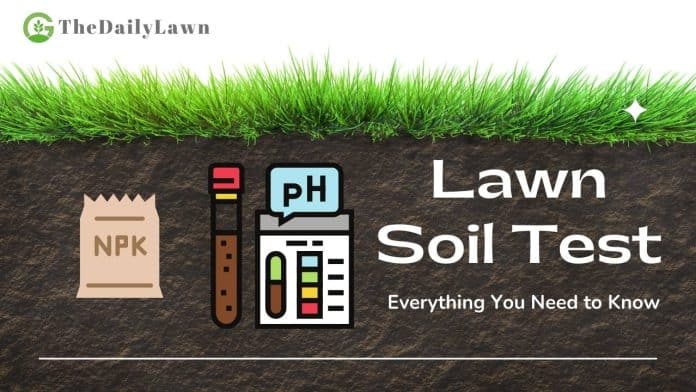If you have a lawn or a garden, you must be familiar with a fact, soil test. But I am sure that the majority of you did never do a test of the soil of your lawn. You might think of it as something not so much necessary. But once learn what this lawn soil test is and why it’s important, your thought on it must change.
However, testing the soil in your lawn is necessary for varieties of reasons. Eventually, you cannot choose the right fertilizer for your lawn without checking the test result of the soil your lawn has. It is the easiest way to learn about your lawn soil’s pH level and check if it has enough nutrients.
Surprisingly, I have discovered that many lawn owners don’t know about the lawn soil test. That’s why I am writing this article on everything about the soil test. And once you finish reading this article, you will learn when and how you should test the soil of your lawn. So, stick to this content till the end.
What is a Soil Test?
 A soil test is one of the most workable ways to determine if the lawn soil is weak in conditions or lacks nutrients. Initially, some standard tests include the amount containing nitrogen, salt, sodium, sulfur, magnesium, calcium, iron, heavy metals, and so on. But most of the time, people do a soil test to learn about the pH of the soil.
A soil test is one of the most workable ways to determine if the lawn soil is weak in conditions or lacks nutrients. Initially, some standard tests include the amount containing nitrogen, salt, sodium, sulfur, magnesium, calcium, iron, heavy metals, and so on. But most of the time, people do a soil test to learn about the pH of the soil.
People generally buy soil test kits from any extension office, lab, or online retailer to do the test at home. And the price of the kit varies depending on the elements included there in the test. To find the place where you can buy the kit or do a soil test, you have to search “soil testing near me” on Google Map, and I am sure that you will find the exact place, lab, or store in your area.
Initially, people need to test the soil for different reasons. Most often, it is a necessary task to identify the solutions to different lawn diseases. However, a soil test is essential for each and every lawn. Not just the lawns, it is essential for gardens as well.
Reasons You Should Try the Soil Test
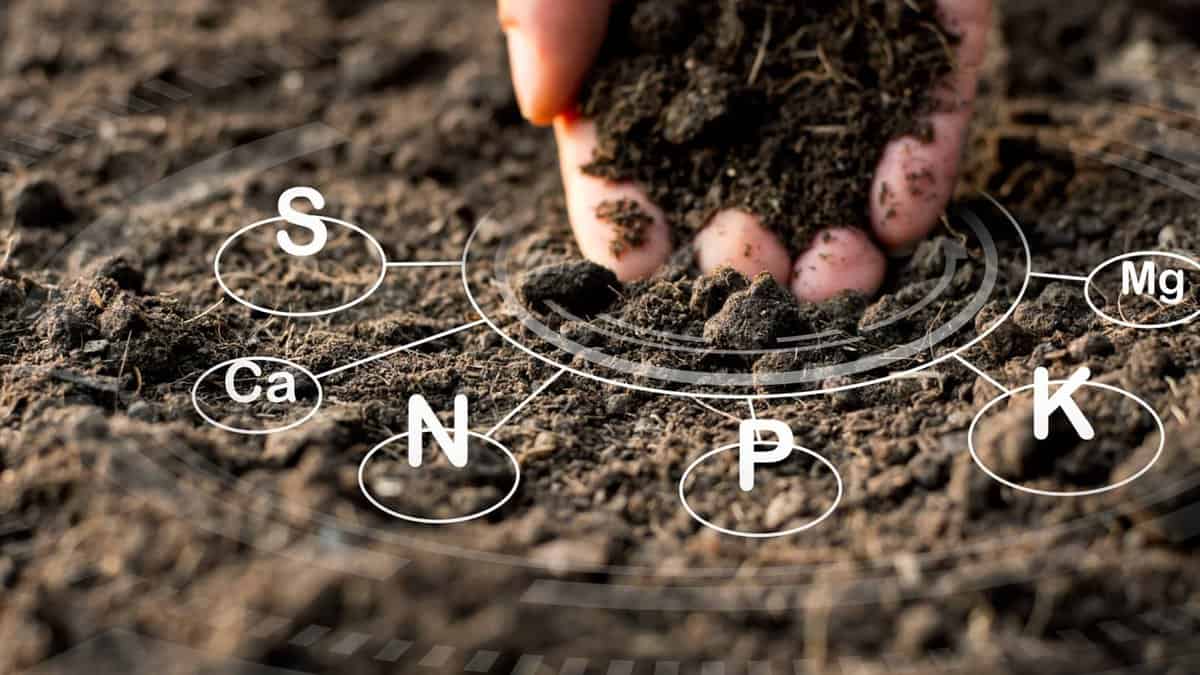 Normally, soil testing is a diagnostic method that helps to determine soil’s chemical and biological properties. Through this testing, we get to know the nutrient profile and the right pH level of the soil in our garden or lawn. And knowing the pH level is essential to choosing the right fertilizer for your lawn.
Normally, soil testing is a diagnostic method that helps to determine soil’s chemical and biological properties. Through this testing, we get to know the nutrient profile and the right pH level of the soil in our garden or lawn. And knowing the pH level is essential to choosing the right fertilizer for your lawn.
Besides, soil tests help to take necessary steps to prevent erosion and minimize fertilizer expenditure. In addition, the owners of the lawn might not know that the soil needs more organic matter or its pH level is not balanced. Different types of lawn soils have different assorted nutrient profiles, and testing helps you target the lawn’s deficient areas.
It happens very often that the lawn owners cannot mark out the quantity and the type of fertilizer. Furthermore, phosphorus and potassium are inorganic fertilizers, and you should apply them with a limited amount. And overuse of any fertilizer results in nutrient leaching and unbalanced soil. And the only way you can learn about the amount of those nutrients in the soil is by testing the soil.
Indeed, soil helps in cultivation, and it is the initial stage of soil management. In other words, through these test results, you can identify which nutrient and how much it needs to be added to the soil for optimal plant growth.
When Should You Do A Soil Test?
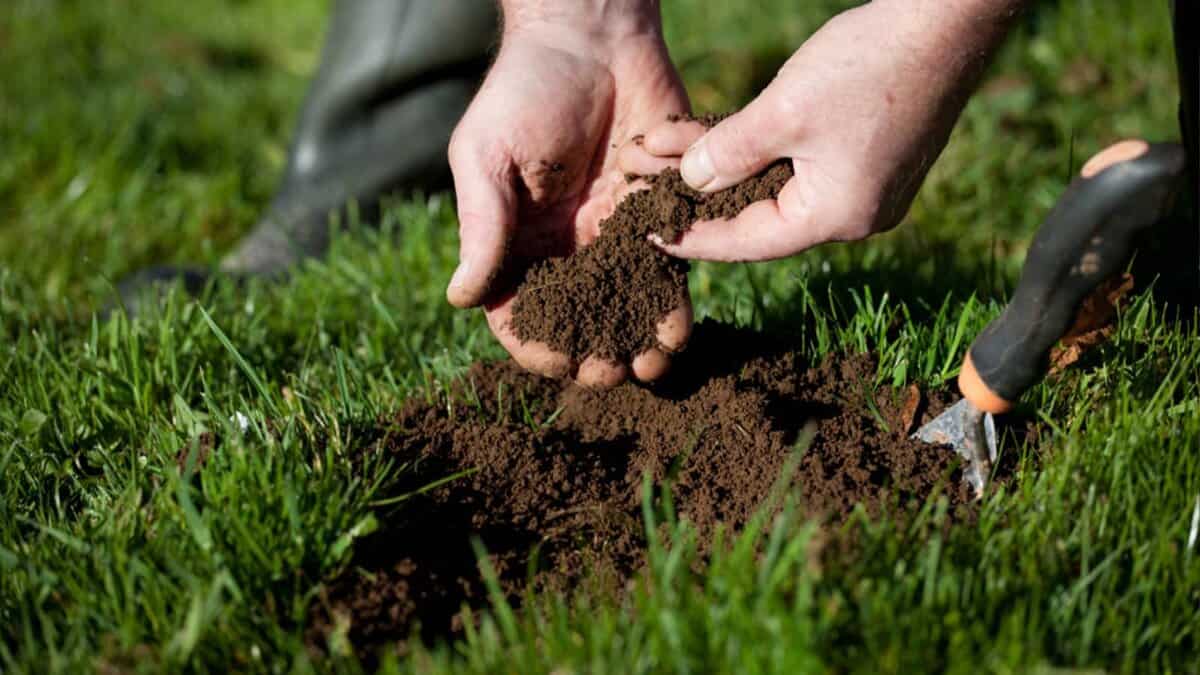 According to the researchers, spring and early fall are the best times to take a turf area or lawn soil sample. It will help you choose the right fertilizer you will apply in spring or before winter. That’s it is essential to test the soil before you fertilize the lawn. According to the test result, you should choose the appropriate fertilizer.
According to the researchers, spring and early fall are the best times to take a turf area or lawn soil sample. It will help you choose the right fertilizer you will apply in spring or before winter. That’s it is essential to test the soil before you fertilize the lawn. According to the test result, you should choose the appropriate fertilizer.
In this case, you can try the DIY soil test. But if you are planning to make a new lawn or have a serious problem with your lawn, you should try the lab test. Here, you have to remember a few factors. Make sure to corroborate the soil pH testing report’s recommendations with patience if you do a lab test. It takes pretty long to get the result from the lab.
Spring and summer are the best times to split the nitrogen applications, preventing leaching loss and keeping the grass healthy. Applying phosphorus during the spring helps to install strong, well-rooted plants too. And putting on some potassium in the fall boosts the grass to generate a good store of energy. And to know how much of that nutrient your soil contains, you have to do a soil test.
Experts suggest that you should take a soil sample and test its pH every three to four years. Also, remember to dig your soil samples in time when it is not too wet or dry. Besides, people need to test the soil before making a new lawn so that they choose the right seed or turf.
How to Test the Soil on My Lawn
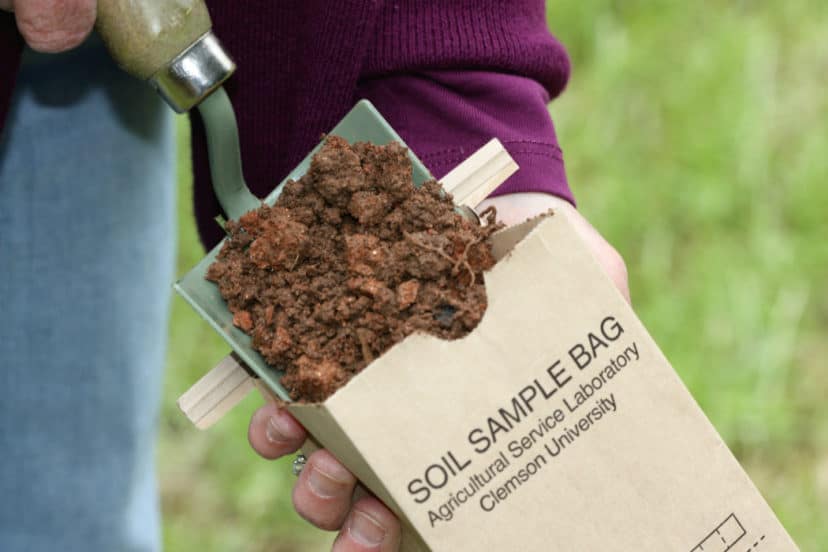 The initial step of testing the soil on your lawn is to send the sample to your nearest Cooperative State Research, Education, and Extension Service (CSREES). Generally, it is located nearby to a state university or commercial soil laboratory. You can also talk to the government agriculture office to learn about it.
The initial step of testing the soil on your lawn is to send the sample to your nearest Cooperative State Research, Education, and Extension Service (CSREES). Generally, it is located nearby to a state university or commercial soil laboratory. You can also talk to the government agriculture office to learn about it.
From the lab, you will have to find the instructions for collecting soil samples along with a mailing container out of the kits from soil labs. You can test the soil anytime in the year, but the best time is usually Spring before adding any amendments or compost.
However, the lab workers will test the soil, but you have to provide them with the sample perfectly. So, let’s learn about how to collect the sample properly.
Sample Collection for Soil Test
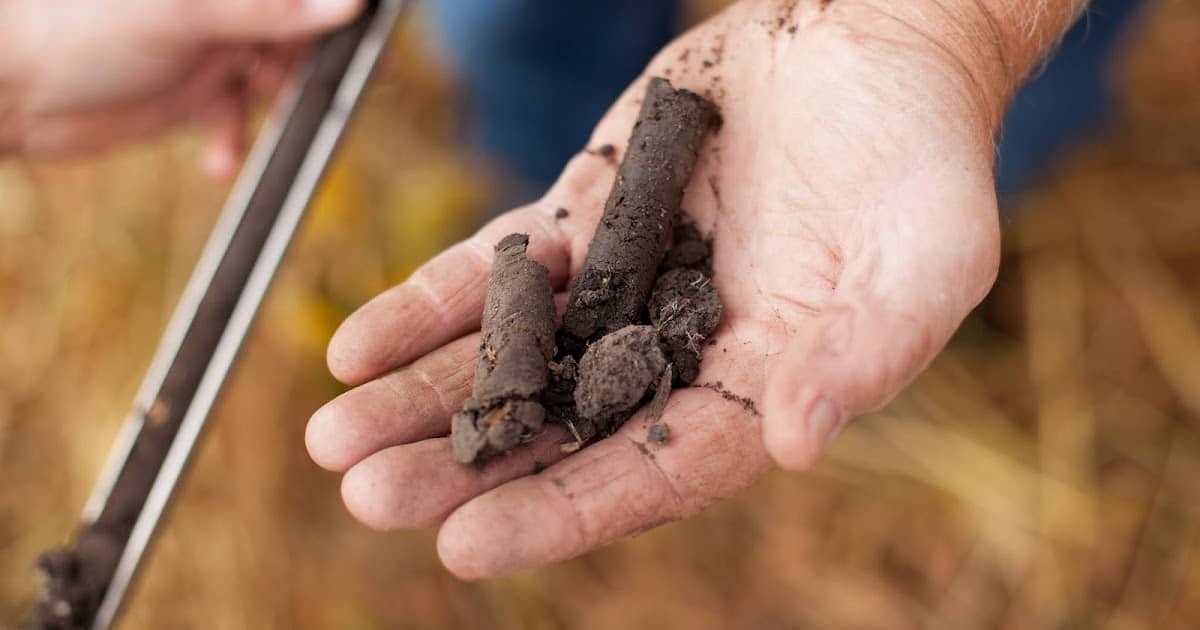 Primarily, you will need a rust-free, clean towel to collect the samples, particularly from a few areas of the lawn. You should collect samples from 10 points on your lawn. For that, you have to point out the place from where you are planning to take samples and then dig multiple holes on the points about 6-8 inches deep.
Primarily, you will need a rust-free, clean towel to collect the samples, particularly from a few areas of the lawn. You should collect samples from 10 points on your lawn. For that, you have to point out the place from where you are planning to take samples and then dig multiple holes on the points about 6-8 inches deep.
You have to take a shred of soil from the edges of each hole, conserve 1-2 inches from the midst of the slice, and subtract the top, bottom, and sides. Now, you only need to mix the samples and make them dry at room temperature.
If it happens that your lawn has areas with diverse terrain, then you should ask for an individual sample kit for each area. Or else, the recommended soil amendments and doses of fertilizer might not be suitable for every corner of your lawn.
Test the Soil At Home
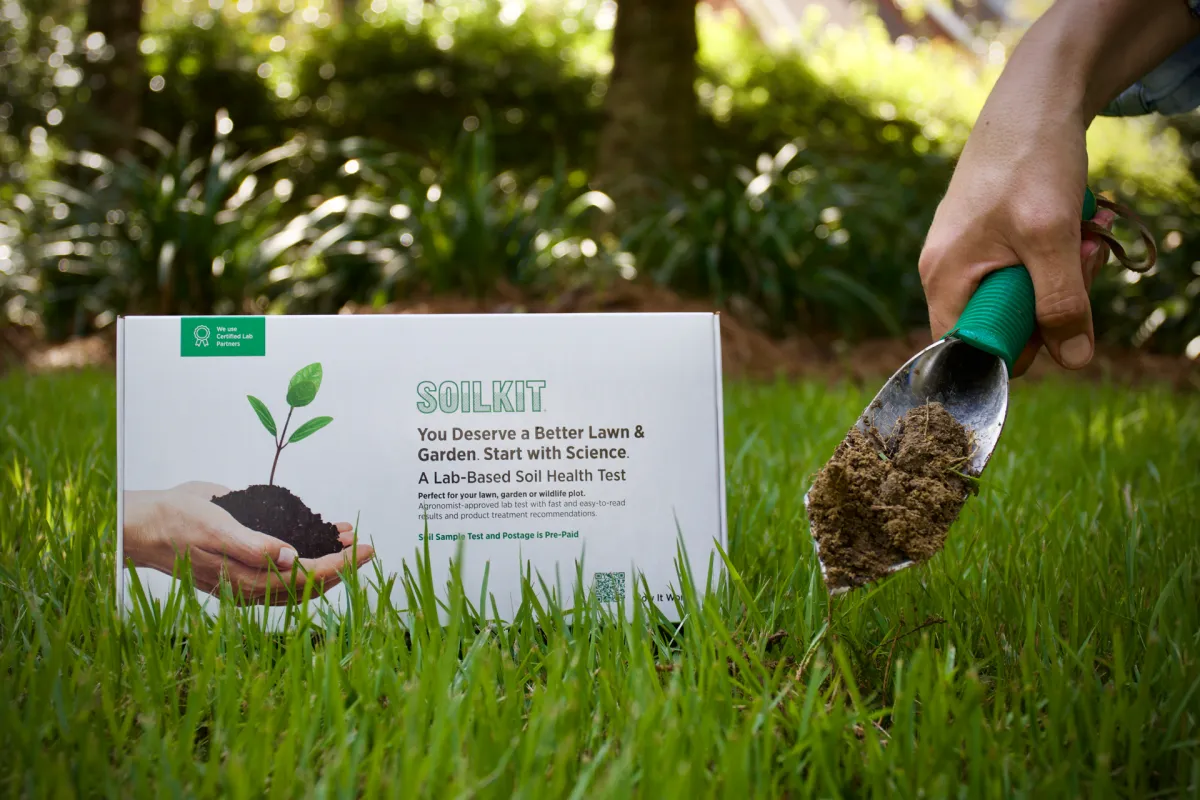 Lab tests are indeed very expensive, especially regarding four or five tests of your lawn soil. To avoid the expenditure, you can simply buy your own soil kit. Kits are procurable at most hardware stores and garden supplies, and the cost range starts from $7. This pH tester will help you do up to ten individual tests.
Lab tests are indeed very expensive, especially regarding four or five tests of your lawn soil. To avoid the expenditure, you can simply buy your own soil kit. Kits are procurable at most hardware stores and garden supplies, and the cost range starts from $7. This pH tester will help you do up to ten individual tests.
The soil testing kits that cost nearly $20 allow you to test the basic nutrients, including phosphorus, potash, and nitrogen. More kits available are higher in price, but none of these can alternate the professional soil testing. Likewise, you can not be sure of how much amending your soil needs to reach the desired nutrient and pH levels.
In general, once you receive the professional soil test results, a kit will assist in monitoring the advancement of your lawn soil. To test the lawn soil at home, you have to add the exact solution from the kit to a fixed volume of the soil sample per the generator’s indications. And do not forget to shake the solution and let the particles settle.
You will find a color chart along with the kit, and you need to match the color of the resulting solution to identify nutrient or pH levels. If the pH of your solution is above 5, then it is time for the lime application. The standard pH for the lawn is 7.0. If the pH level is less than the standard one, then it’s acidic soil. And if it is higher, then it is alkaline soil.
So, once you have learned about the result of the test, you have to take the necessary steps to fix the problem. Though DIY soil test is easier and more affordable, we suggest testing it in the lab at least once every two or three years. It’s because the lab report ensures a more detailed result with more accuracy.
FAQ
Q: How should I test the soil on my lawn?
A: You should take the lawn soil sample from different points of the lawn and send it to the nearby agriculture laboratory for test. Also, you can use the DIY soil testing kit to know the pH level and nutrient deficiencies of the soil on your lawn.
Q: How often Should I test the lawn soil?
A: You should test the lawn soil once every two or three years from the professional lab. But if it’s the DIY testing kit, you can do it anytime in the year. Especially, you should test the soil before buying fertilizer for the lawn.
Q: What do the soil test results determine?
A: The result of the lawn soil test will tell you everything about the fertility of the soil. You will learn the deficiencies of the nutrients the soil of your lawn had. It will also tell you the pH level of the soil.
Q: Does the soil testing kit give accurate results?
A: Almost yes. It often gives accurate results but doesn’t give you a detailed outcome about the soil’s fertility and health. When the fact is about the accuracy, you should go for the professional lab test.
Q: Can I test the soil with ph strips?
A: Yes, you can test the soil pH with the pH strips. It is eventually used widely for home soil tests. Indeed, it is cheaper and easier to test the soil’s pH at home.
Bottom Line
Is it the first time you are planning for a lawn soil test? If yes, you should try the professional lab test. Indeed, you should try this kind of professional and detailed soil test once every two or three years. But if you are planning to do it just to know the pH level to choose the fertilizer, you can try the DIY soil testing kit.
However, you should not ignore the fact of lawn soil tests if you really want your lawn to be healthy. You cannot even choose the appropriate types of lawn grass without testing the soil. It is very important; you won’t forget it if you are wise.
Now, let us know what you are thinking about it and when you do the test. On another content, you will find everything about the pH of the soil. Well, now is the time to say goodbye. Thank you for your patience.
